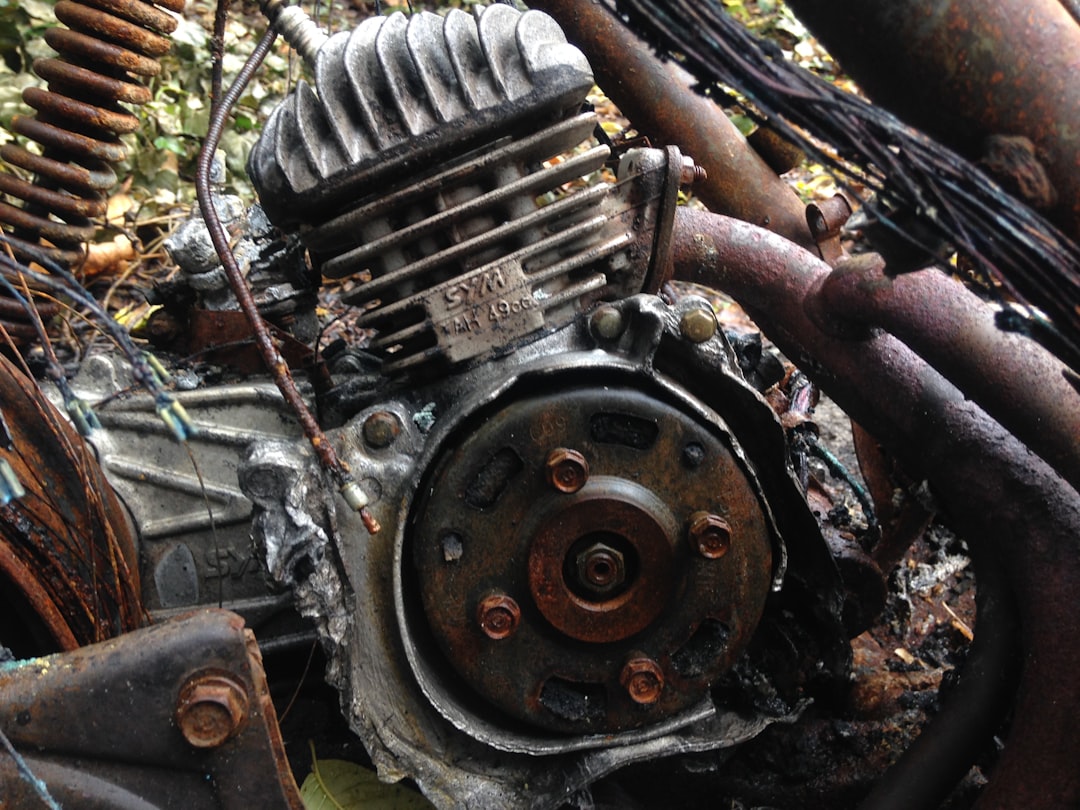What is it about?
With an increase in wind power penetration in power systems and with regard to the flexible control of wind turbines, the use of wind turbine systems to improve the dynamic stability of power systems has been of significance importance for researchers. One of the important issues in regards to the stability of power systems are the subsynchronous oscillations. In this study, adaptive control is used for this purpose.
Featured Image
Why is it important?
In most of the studies, the control loop is composed of linear blocks. But in this study, control loop composed of non-linear blocks (adaptive controller). Since adaptive control parameters tend to optimum values in order to obtain optimum control performance, using this controller will help the wind turbines to have positive contribution in network subsynchronous oscillations damping at different wind speeds and system operating points, as shown in this study.
Perspectives
Writing this article was a great pleasure as it has co-authors with whom I have had long standing collaborations. This article also lead to researchers groups contacting me and ultimately to a greater involvement in system power study research.
Mr Mohammad Naser Asefi
Tehran Niroo research
Read the Original
This page is a summary of: Using adaptive control in DFIG-based wind turbines to improve the subsynchronous oscillations of nearby synchronous generators, IET Renewable Power Generation, February 2017, the Institution of Engineering and Technology (the IET),
DOI: 10.1049/iet-rpg.2016.0105.
You can read the full text:
Contributors
The following have contributed to this page










